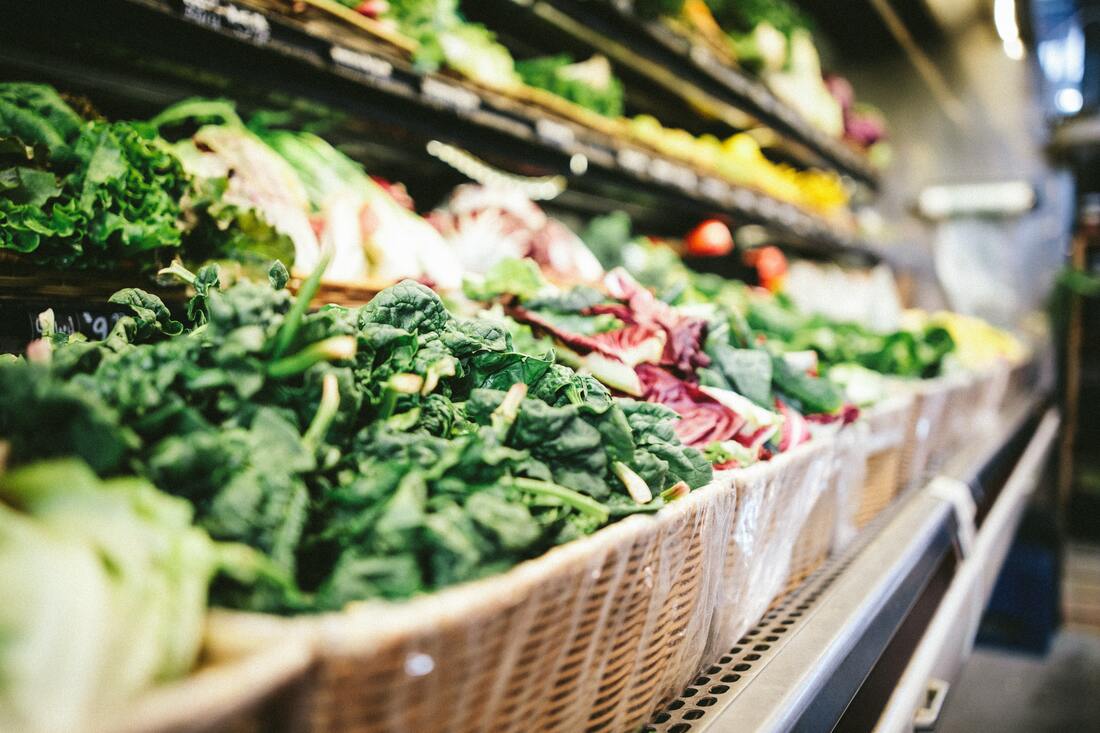|
While autumn is a favorite season for many Minnesotans, it also insights a creeping sense of dread: winter is coming.
The American Psychology Association and the Center for Disease Control estimate that seasonal affective disorder (aka SAD, seasonal depression or "winter blues") impacts 5-14% of Americans, hitting those north of the 37° latitude harder than those to the south of that boundary. The reason location makes a difference is largely due to the shorter days. It turns out sunlight has a big impact on neurotransmitter production including that of serotonin, our happiness chemical (this explains why "happy lamps" are effective treatments of SAD). I have this wild theory most Northerns experience some level of SAD. I think we are under-diagnosed and therefore under-reported. Personally, my seasonal depression is mild enought that I hardly notice until suddenly I'm giggling about nothing come spring when the clouds in my mind lift. This winter is likely to be more challenging than years past because of the COVID-19 pandemic. Honestly, I'm worried about us! Our safe social outlets are going to be more limited than in years past, which is often the saving grace of our long winters. So it's important to me to get this information into as many people's hands as possible. Most of my clients don't come to see me to get a prescription to move south, so it's my job to find other things they can do in their daily lives to prevent and treat seasonal depression. I take a “food first” approach in my work as a functional nutritionist. and am often putting together a list of healing “superfoods” for my clients to bring into their meal plan. While these items are going to vary from one individual to the next, these are my top 5 picks for seasonal depression prevention that are often making the list:
0 Comments
Leave a Reply. |
I love food.I love thinking about it, talking about it, writing about it. I love growing food, cooking and eating food. I use this space to try to convey that. Follow me on social media for more day-to-day inspiration on these topics. Categories
All
|

 RSS Feed
RSS Feed